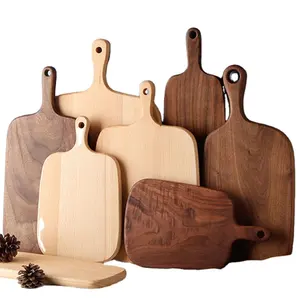About products and suppliers
Tại Alibaba.com, bạn có thể sử dụng thành thạo và chất lượng cao nhất. tre guadua cho tất cả các nhạc cụ. Những cái này. tre guadua được làm từ vật liệu chất lượng tối ưu, chắc chắn để cung cấp dịch vụ nhất quán trong thời gian dài và được biết đến là một số sản phẩm bền vững nhất. Những cái này. tre guadua có thể truy cập theo nhiều tùy chọn và là lựa chọn lý tưởng để các chuyên gia âm nhạc tinh chỉnh nhạc cụ của họ một cách hiệu quả.
Dòng mạnh mẽ và toàn diện của. tre guadua được cung cấp trên trang web được bán bởi các nhà cung cấp và nhà bán buôn hàng đầu chuyên bán phụ kiện và phụ kiện nhạc cụ chất lượng cao. Bạn có thể chọn từ nhiều loại. tre guadua có thể hỗ trợ điều chỉnh, sửa chữa, bảo trì và bảo vệ các mặt hàng của bạn cùng một lúc. Những cái này. tre guadua được cung cấp phần cứng, ràng buộc và chất liệu riêng biệt để phù hợp với yêu cầu của bạn và phục vụ mục đích của bạn.
Alibaba.com có những tính năng mạnh mẽ và hướng đến hiệu suất. tre guadua có hình dạng, kích thước, tính năng riêng biệt và dành cho nhiều loại nhạc cụ. Không có vấn đề cho dù bạn đang tìm kiếm. tre guadua liên quan đến guitar, violin, mandolin, Cello, Erhu và nhiều nhạc cụ khác, bạn có thể tìm thấy tất cả chúng tại đây trên trang web với giá cả phải chăng. Những cái này. Sản phẩm tre guadua được chứng nhận ISO, CE, SGS để đảm bảo chất lượng và hiệu suất tối ưu.
Tiết kiệm rất nhiều tiền khi mua các sản phẩm này bằng cách xem qua các điểm khác biệt. Phạm vi tre guadua tại Alibaba.com. Các sản phẩm này có sẵn dưới dạng đơn đặt hàng OEM và bạn cũng có thể tận hưởng bao bì tùy chỉnh với chuyển phát nhanh chuyển phát nhanh cho các đơn hàng số lượng lớn. Các giao dịch lớn được cung cấp trong khoảng thời gian đều đặn.



























